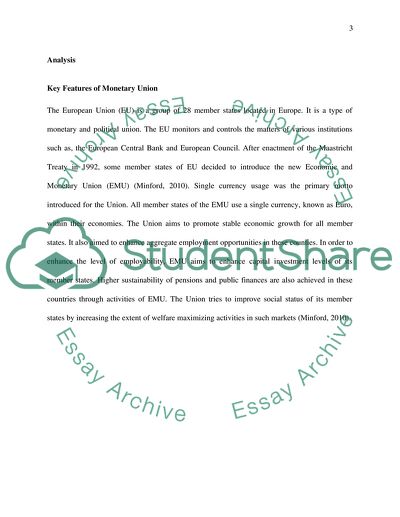Cite this document
(“The UK is a member of the European Union but has not adopted the euro Essay”, n.d.)
The UK is a member of the European Union but has not adopted the euro Essay. Retrieved from https://studentshare.org/macro-microeconomics/1647997-the-uk-is-a-member-of-the-european-union-but-has-not-adopted-the-euro-as-its-currency-to-what-extent-do-the-benefits-of-membership-of-a-monetary-union-such-as-the-eurozone-outweigh-the-costs
The UK is a member of the European Union but has not adopted the euro Essay. Retrieved from https://studentshare.org/macro-microeconomics/1647997-the-uk-is-a-member-of-the-european-union-but-has-not-adopted-the-euro-as-its-currency-to-what-extent-do-the-benefits-of-membership-of-a-monetary-union-such-as-the-eurozone-outweigh-the-costs
(The UK Is a Member of the European Union But Has Not Adopted the Euro Essay)
The UK Is a Member of the European Union But Has Not Adopted the Euro Essay. https://studentshare.org/macro-microeconomics/1647997-the-uk-is-a-member-of-the-european-union-but-has-not-adopted-the-euro-as-its-currency-to-what-extent-do-the-benefits-of-membership-of-a-monetary-union-such-as-the-eurozone-outweigh-the-costs.
The UK Is a Member of the European Union But Has Not Adopted the Euro Essay. https://studentshare.org/macro-microeconomics/1647997-the-uk-is-a-member-of-the-european-union-but-has-not-adopted-the-euro-as-its-currency-to-what-extent-do-the-benefits-of-membership-of-a-monetary-union-such-as-the-eurozone-outweigh-the-costs.
“The UK Is a Member of the European Union But Has Not Adopted the Euro Essay”, n.d. https://studentshare.org/macro-microeconomics/1647997-the-uk-is-a-member-of-the-european-union-but-has-not-adopted-the-euro-as-its-currency-to-what-extent-do-the-benefits-of-membership-of-a-monetary-union-such-as-the-eurozone-outweigh-the-costs.


